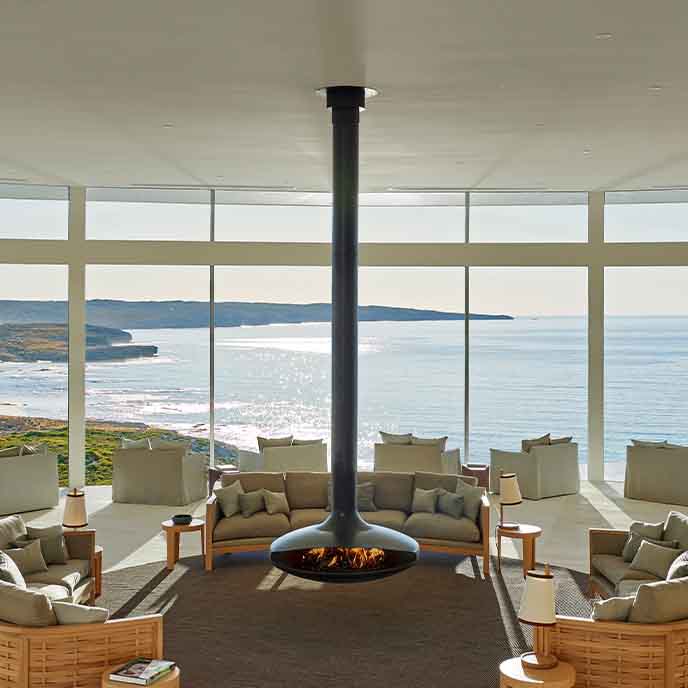Kangaroo Island is located 15 kilometres off the south coast of South Australia. The island is accessible by air from Adelaide airport or by a car ferry ride from Cape Jervis on the Fleurieu Peninsula to Penneshaw on Kangaroo Island.
Globally celebrated and multi-award winning, Baillie Lodges’ flagship property Southern Ocean Lodge sits lightly on the wildly beautiful southwest coast of the sland.


